Friday, March 2, 2007
NOTE: Unless you think I have some strange equilibrium problem wherein I take photos with the point of interest off to the far right, that is not the case.
I'm here at the joint conference of the Society for American Music and the Music Library Association and I'm having a great time. The highlight for today was a three hour tour of Oakland (an area of Pittsburgh where the U of Pitt is located) which included: The Carnegie Library, The Cathedral of Learning, The Stephen Foster Memorial and Heinz "Chapel" (you'll understand why I use the quotes when you see the photos below.
The Carnegie Library
The first thing I learned is that it is pronounced "car-NEG-gie" which is unfortunately a whole lot less elegant than the way most people pronounce it: "CAR-neg-gie." Despite the name, the edifice was impressive (NOT as aesthetically pleasing as the Boston Public Library) but impressive in its own right. We toured the Philadelphia room (home to genealogy records and local history resources) and the Music collection. One of the highlights was this tablecloth signed by such notables as Lorin Maazel, Koussevitsky, Bernstein, etc....the signatures were then embroidered (ingenious!). The music holdings of the library are very very impressive, especially when you consider it is a free library.
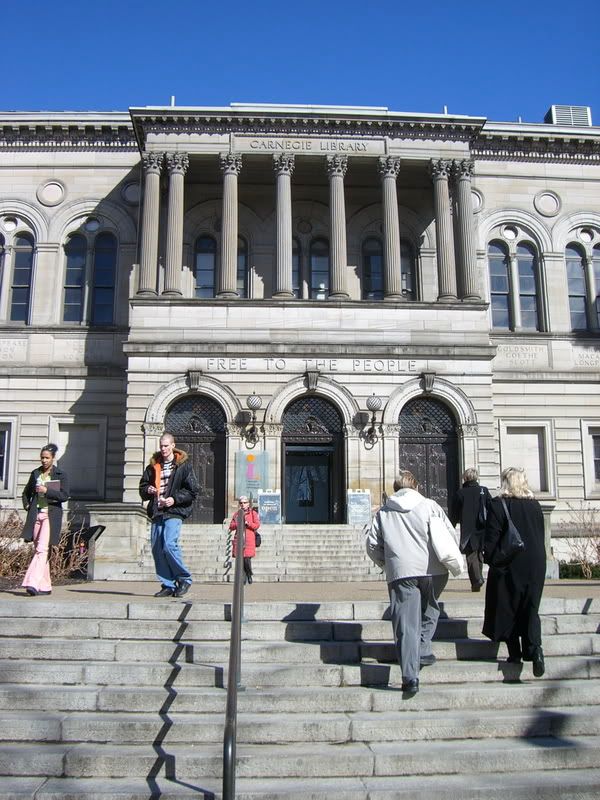
The Cathedral of Learning
If you want an impressive edifice, this tops the list. It is the second tallest educational building in the world (surpassed only by University of Moscow, I believe, which "cheated" by putting an antenna on top). In the 1930s, John Bowman, then Chancellor of U of Pitt, believed that the model for a university should be only a few buildings on a small amount of land, but built vertically (soaring and lofty educational aspirations and all....). It soon turned out not to be very practical (elevators between classes were nightmares), but is an absolute gem of neo-gothic architecture. Within the "cathedral" are classrooms known as the Nationality Classrooms. These rooms represent different ethnic and cultural groups from the Pittsburgh area and continue to be built today. We visited the Yugoslav, French, Norwegian, and Chinese Rooms. Most of the rooms are still used as actual classrooms, even though they are ill-equipped for any kind of media use. The new ones, currently proposed, will have A/V set ups (still in the style of the nationality). I've included some pictures, but be sure to check out the Wikipedia article that lists all the rooms.
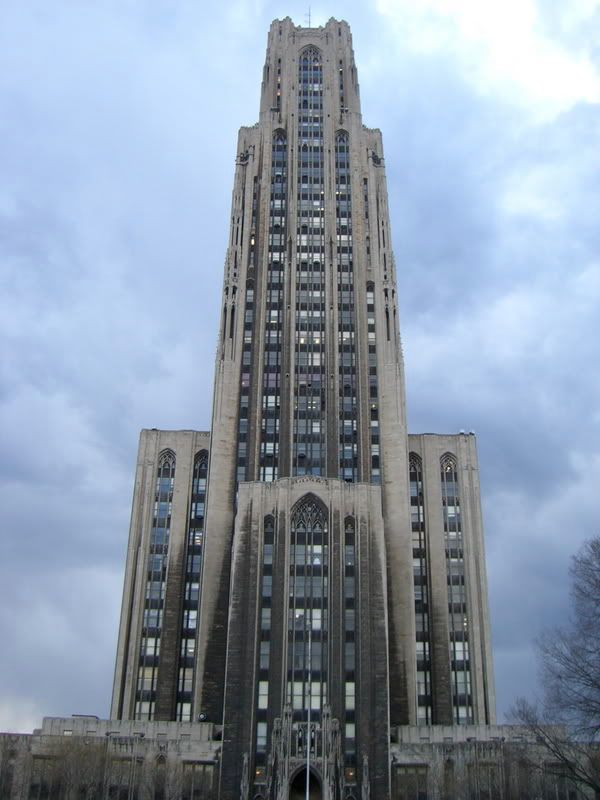
Wall detail from the Yugoslav Room:
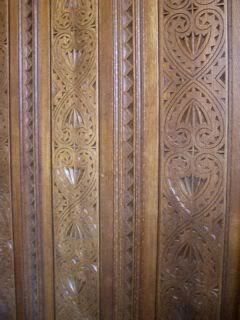
Ceiling detail from Chinese Room:
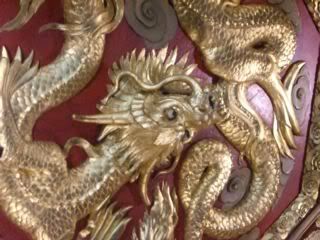
Stephen Foster Memorial
Pittsburgh is Stephen Foster Central. Right in front of the Cathedral of Learning is the Stephen Foster Memorial which is home to the Center for American Music. The memorial itself is small, but has an impressive display of sheet music, ephemera, and other wonderful items. The Stephen Foster Archive is host to an amazing collection.
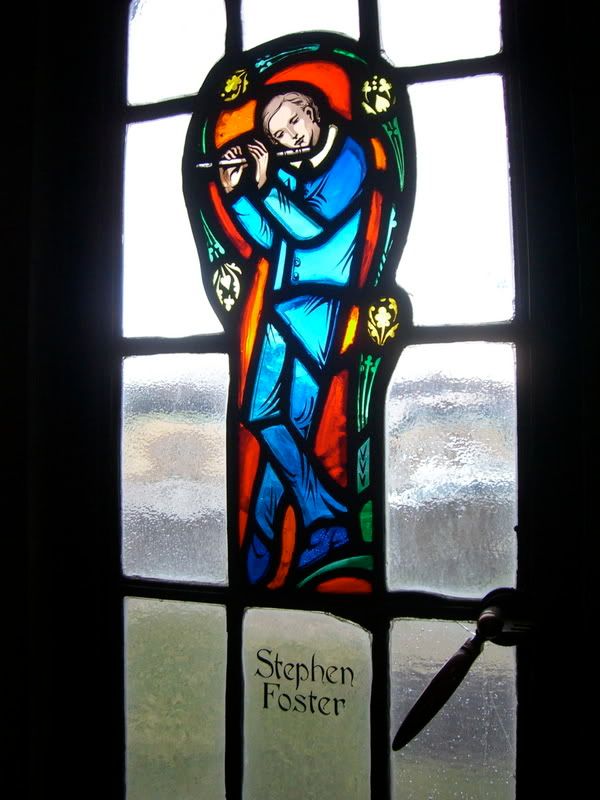
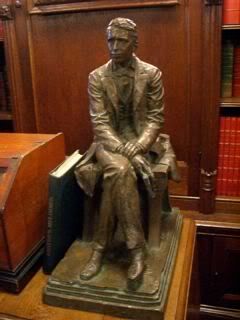
Heinz Chapel
We ended our tour at the Heinz Memorial "Chapel." A gift from Mr. Ketchup himself, H.J. Heinz, to honor his mother in memoriam, the building far surpasses most ideas of "chapel." I'll let the photos speak for themselves, but I encourage an exploration of their website to read about the history. I will mention that one of the highlights of the experience was meeting "Digby" the senior docent of the chapel. We weren't able to take the tour due to a wedding rehearsal (I'm sure they were absolutely thrilled by our presence!) but we were able to walk down the side aisles and up into the choir loft. Digby entertained us in the narthex with several entertaining anecdotes and a personality that was more colorful than the stained glass windows!
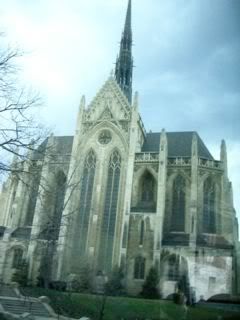
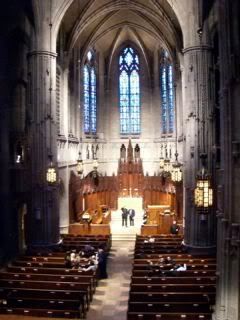
It was a gorgeous, if windy, day for a tour. It only started to rain a bit when we reached Heinz Chapel. Mariana Whitmer, executive director of SAM, led the tour, which really made it all the more special (rather than some impersonal tour guide we didn't know). It was certainly the best tour I have experienced at a conference and I'm grateful that SAM set aside the time.

No comments:
Post a Comment